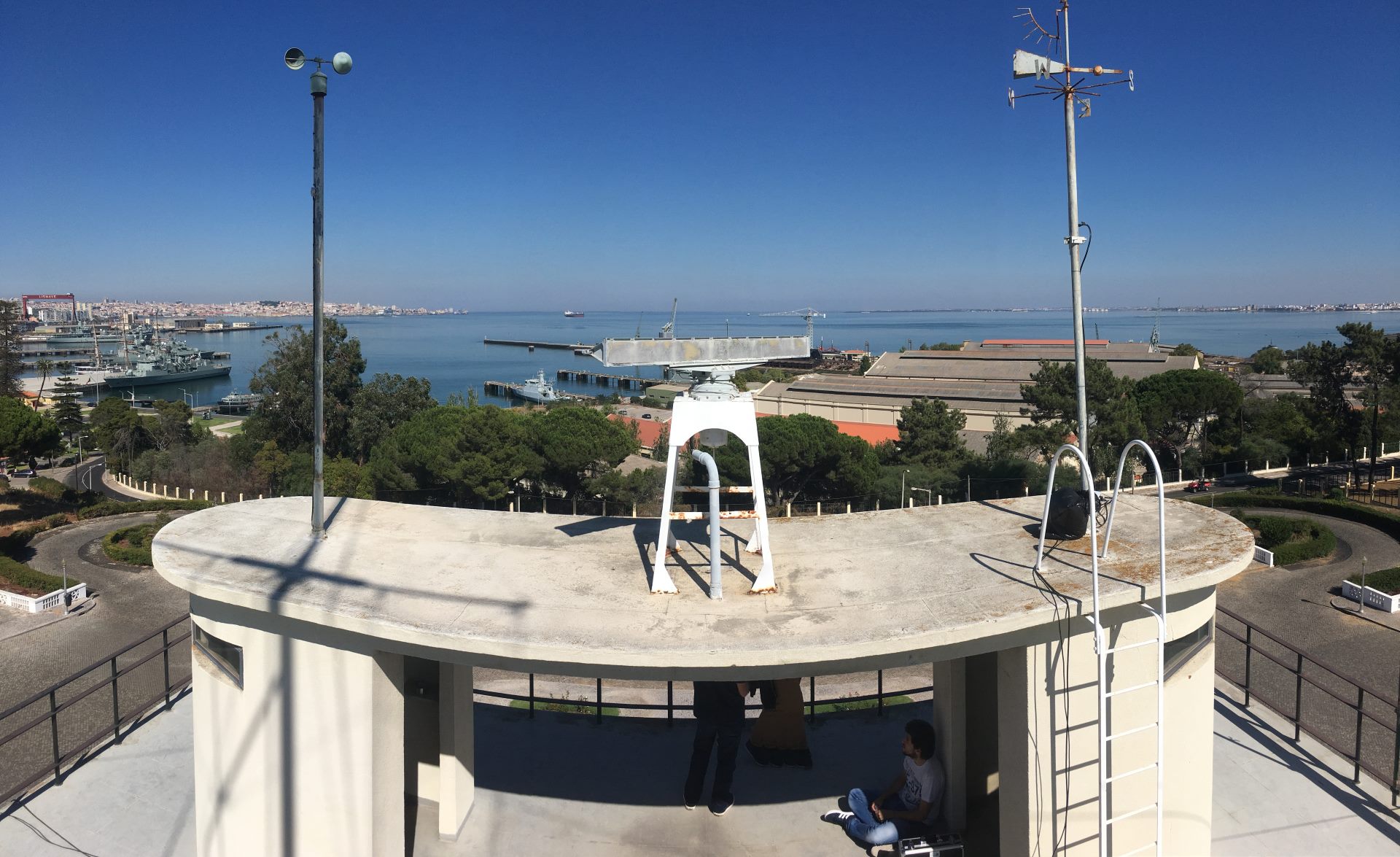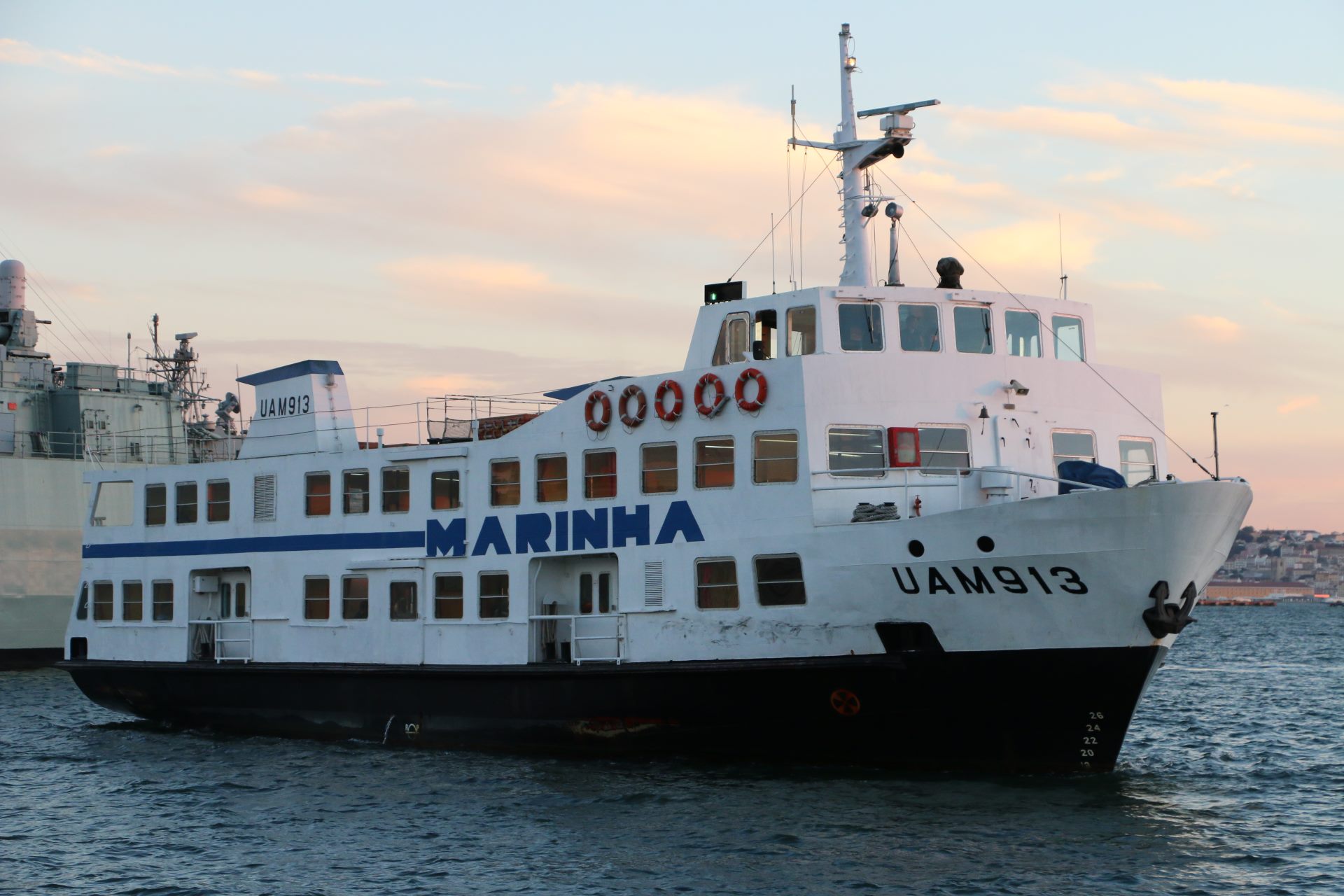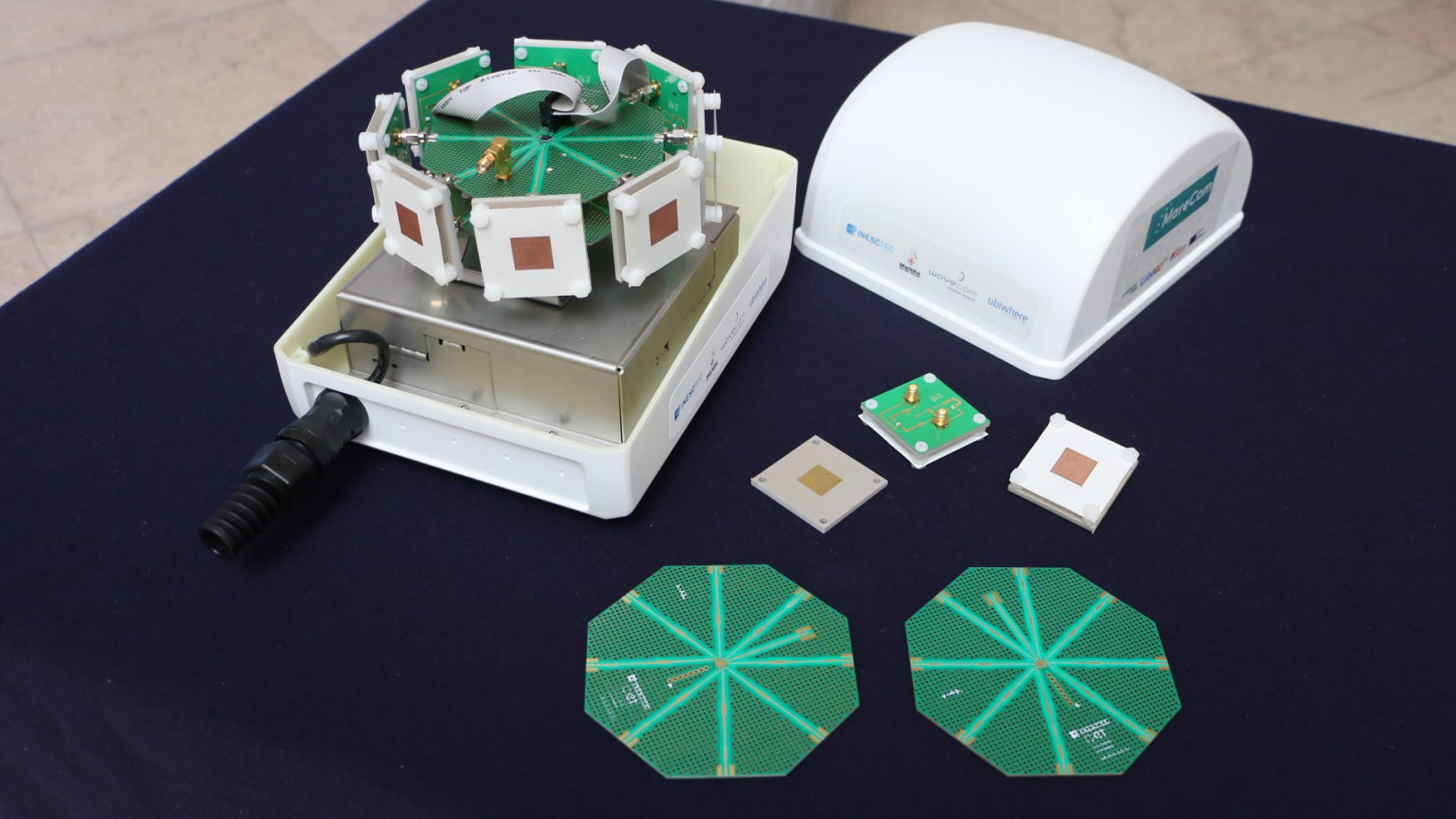Internet for ships in high seas has signature of INESC TEC
Broadband and low cost wireless communications for ships – this was the major outcome achieved by the MareCom project, which had the participation of INESC TEC, Wavecom, Portuguese Navy Research Center (CINAV) and Ubiwhere.
06th November 2018
MareCom project has come to an end
The developed solution, which is an alternative to the satellite communications and to the VHF technologies that are still used today, allows to serve the communities that work on a maritime environment such as the Navy, the fishing fleets and the maritime transports, thus increasing the digital inclusion, levels of well-being on-board and the operational efficiency and effectiveness through the access to new services and applications.
“The technological solution that we developed consists of a communications box that can be installed in vessels and coastal communications stations, alongside the appropriate antennas. In the final demonstration of the solution’s prototype at the Naval Base of Lisbon, bit-rates of more than 10 Mbit/s were achieved, well above the typical values of the satellite communications and without the associated high latency, "explains Rui Campos, coordinator of the wireless networks area of INESC TEC’s Centre for Telecommunications and Multimedia.
The solution developed is based on the following technologies: one multisector antenna, a new mechanism for managing communications in a shared medium, a new routing protocol for the establishment of communication networks between vessels and a content sharing application that is tolerant to intermittent connections.

According to the orientation of the vessel with regard to the ground communications station, the multisector antenna can automatically select the sector that maximises the sea-land connection quality. The mechanism for managing communications ensures the increase of up to 40% in the bit-rate of the wireless connection from the existing solutions that are currently only used in terrestrial environment. The new routing protocol is appropriate for specific features of the maritime environment and allows each vessel to operate as a signal repeater in order to increase the reach of communications from the shore. Finally, the content sharing application allows vessels to synchronise contents with each other and has a centralised service, including information related to the vessel's mission, weather information and reports, data and other processed/generated information on-board.
Developed solution was tested successfully
By using the developed solution, it was possible to make a video conference from a vessel of the Portuguese Navy that was navigating at the Tagus Estuary and to show an HD streaming video application in real time. In an operational scenario, the developed solution could reach up to dozens of miles from the shore, when appropriate levels of transmission power and suitable locations are used for the implementation of the coastal communications stations.
Currently, the digital solutions in maritime environment are limited to cellular communications that are close to the shore or to satellite communications with high costs, high latency and a still low bit-rate.
It can be applied to several areas of the society
Let us imagine a search and rescue operation at the sea, where the land and sea teams can be in constant contact by using the most modern multimedia applications. This is just one of the examples of a possible application of the technology. The solution can also be applied to the fishing sector and to allow the exploration of businesses in offshore wind power plants and oil platforms.

There are already interested entities in the solution
“The Portuguese Navy is very interested in the solution in order to ensure the broadband communications in coastal areas an in the surroundings of the ports in the Mainland and Madeira and Azores Islands. There have been exploratory discussions with the India and Cape Verde markets in order to explore this solution. There were contacts with The Environment Research Institute (TERI), the National Institute of Oceanography (NIO) and the National Institute of Technology (NIT) Goa in order to explore new businesses through this solution. TERI is particularly interested in creating a project of a virtual fish market”, mentions the researcher.
The MareCom project was funded by Compete 2020 for the investment made by Wavecom, Ubiwhere and INESC TEC, and by Lisboa 2020 for the investment made by the Navy and by the European Regional Development Fund. The overall investment value of MareCom is EUR 1,005,402 with a community support of EUR 651,423.
INESC TEC participated in this project through the Centre for Telecommunications and Multimedia, which was represented by the following researchers: Carlos Leocádio, Diogo Moreira, Erick Lima, Filipe Ribeiro, Filipe Teixeira, Hugo Santos, José Ruela, Luís Pessoa, Mário Lopes, Pedro Salazar, Rui Campos, Tiago Oliveira.
The researchers mentioned in this news piece are associated with INESC TEC and UP-FEUP.


